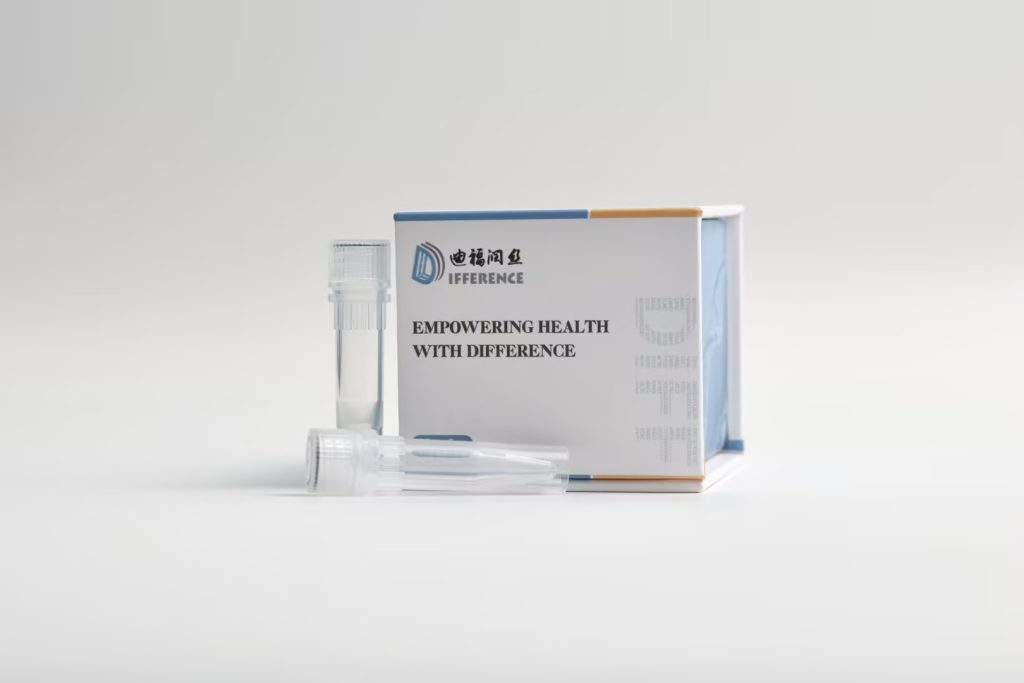The interpretation of protease inhibitor test results requires comprehensive consideration of multiple aspects, including inhibitory effect, specificity, toxicity, etc. Here is a basic framework for interpretation:
1、 Inhibition effect evaluation
Inhibition rate:
Inhibition rate is an important indicator for measuring the effectiveness of protease inhibitors. By comparing the changes in protease activity before and after adding inhibitors, the inhibition rate can be calculated. The higher the inhibition rate, the better the inhibitory effect of the inhibitor on protease.
When interpreting, it is necessary to pay attention to whether the calculation method of inhibition rate is scientific and reasonable, and whether the experimental conditions are consistent.
IC50 value:
IC50 value refers to the concentration of inhibitor required to inhibit protease activity by 50%. The lower the IC50 value, the stronger the effectiveness of the inhibitor.
By comparing the IC50 values of different inhibitors, their relative potency can be evaluated.
2、 Specificity analysis
Specificity: The specificity of protease inhibitors refers to whether their inhibitory effect on target proteases is significantly better than that on non target proteases. Highly specific inhibitors can reduce interference with other biomolecules, decrease toxicity and side effects.
When interpreting, it is necessary to pay attention to the comparative data of the inhibitory effects of inhibitors on target and non target proteases to evaluate their specificity.
3、 Observation of toxic reactions
Toxic reactions: In protease inhibitor experiments, it is necessary to closely observe the toxic reactions of the inhibitor to cells or experimental animals. These reactions may include cell death, growth inhibition, morphological changes, etc.
The assessment of toxic reactions helps to determine the safety of inhibitors and provides reference for subsequent clinical applications.
4、 Analysis of other indicators
Pharmacokinetic parameters such as half-life and clearance rate can reflect the metabolic status and duration of action of inhibitors in the body.
Pharmacodynamic parameters, such as onset time, duration of action, etc., are of great significance for evaluating the actual application effect of inhibitors.
5、 Comprehensive evaluation and recommendations
When interpreting the results of protease inhibitor tests, it is necessary to comprehensively consider the inhibitory effect, specificity, toxic reactions, and other relevant indicators. If inhibitors exhibit good inhibitory effects, high specificity, and low toxicity, they may have potential clinical application value.
However, it should be noted that laboratory results cannot be directly equated with clinical outcomes. Therefore, before pushing inhibitors into clinical applications, more comprehensive safety and efficacy evaluations are needed.
In summary, the interpretation of protease inhibitor test results is a complex and meticulous process that requires comprehensive consideration of multiple factors. By scientifically and rigorously interpreting the experimental results, strong support can be provided for the development and application of protease inhibitors.
Share on:
Facebook
Twitter
Pinterest
WhatsApp
Recent posts
We recommend


